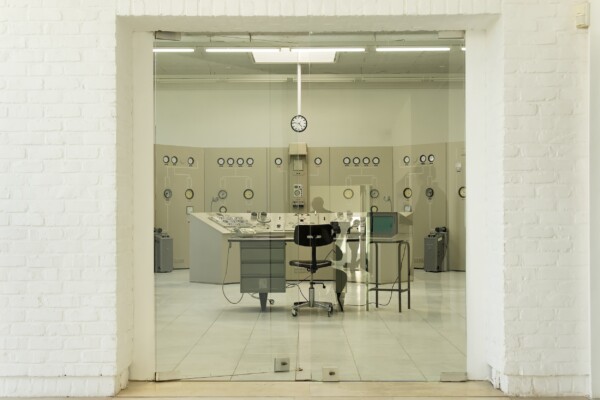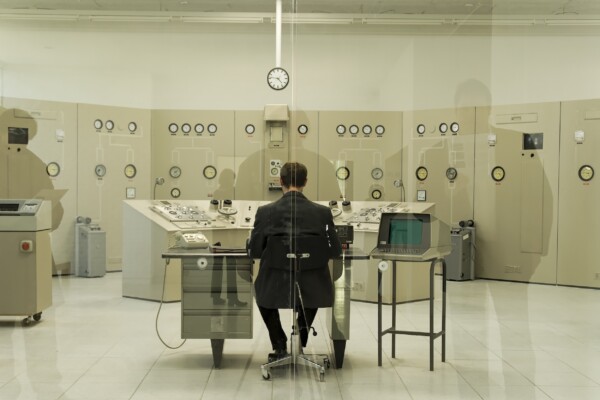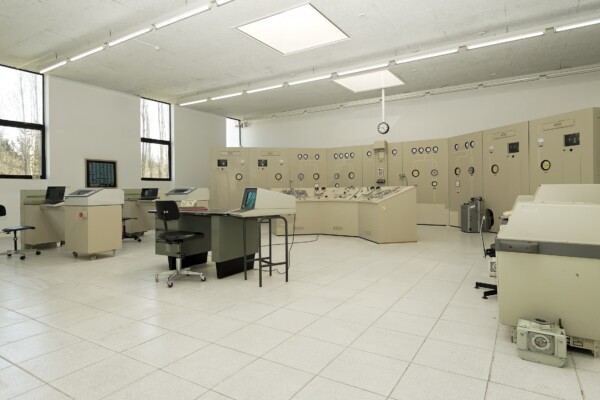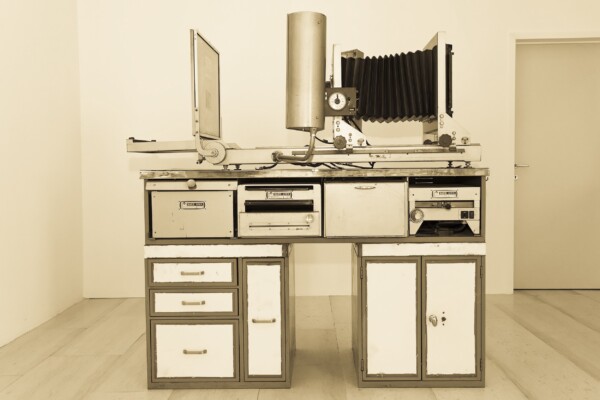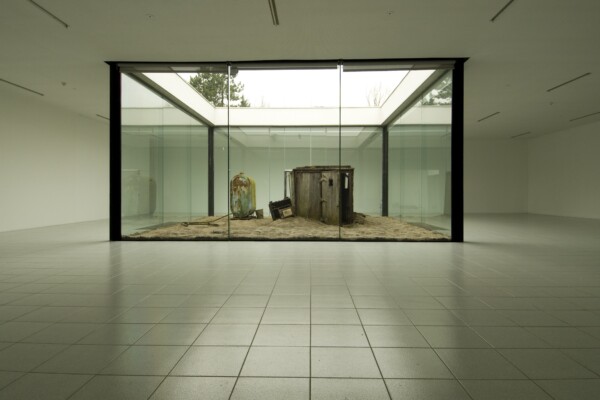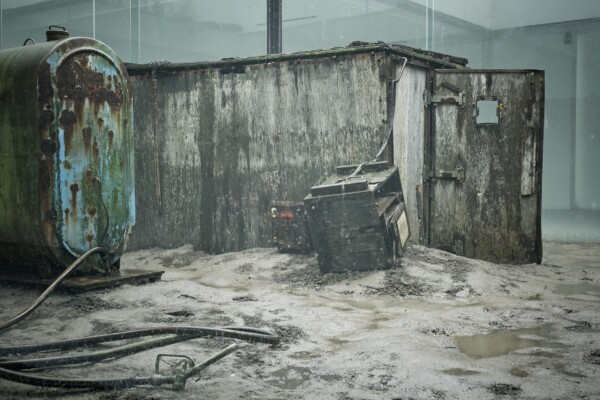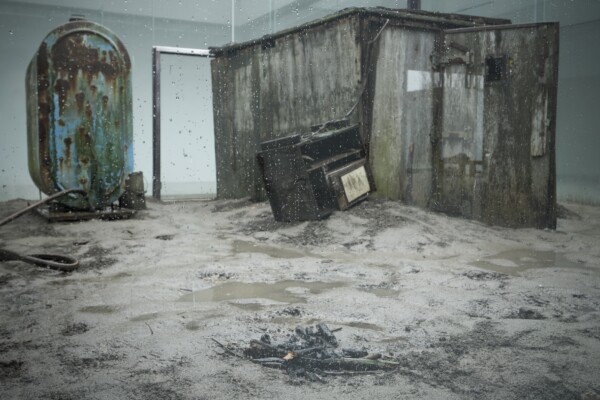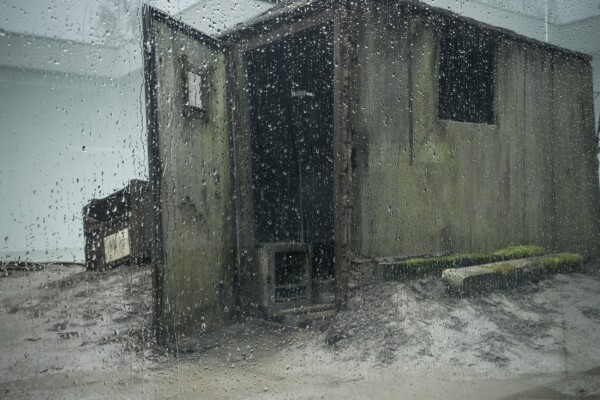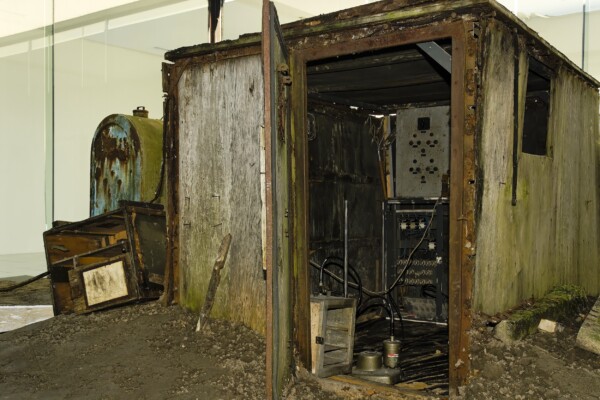Robert Kusmirowski
P.A.P.O.P.
Polish artist Robert Kusmirowski creates objects, documents, and ‘events’ that blur our relationship with history.
For his sculptures and space-filling installations, Robert Kusmirowski uses various materials such as cardboard, plaster, wood, and miscellaneous items as a foundation. In doing so, he creates a reality where all elements have a ‘trompe l’oeil’ character. He essentially constructs a (fictional) history and iconography of a specific event, place, or period. He is a master forger, producing copies that can circulate as originals. By meticulously copying and reproducing every element, he highlights the aspect of time, the authenticity of things, and their origins. Our Western perspective interprets his work as a nostalgic recall of a bygone era that was never ours. However, the political and social history of his country is interpreted in a very personal, boyish manner. Even as a child, he used his imagination to discover or create things with various found materials. The work he now produces as an artist can be seen as a perfectionistic continuation of that magical imagination.
For his project at MDD, Robert Kusmirowski creates the P.A.P.O.P (Pokój Analizy Postępu Odbioru Pracy), or the Room of Analysis of the Progression of the Reception of the Artwork. Exhibition visitors have the opportunity to explore the research project of analysts, usually not made public to avoid disturbance. The atmosphere that defines the entire installation recalls the progressive thinking of former Eastern Bloc regimes, the romantic idea of creating a better place for humanity. Simultaneously, the debris of progressive thinking is also incorporated into the project.
In the museum’s largest exhibition space, a world has been created where it seems as though an atomic disaster has occured. The viewer, becoming an integral part of the installation, can contribute to the narrative story. It becomes unclear which devices are authentic, which are copies, and which are entirely products of the artist’s imagination. Thus, the work becomes an intense experience where semblance and authenticity are no longer distinguishable.

